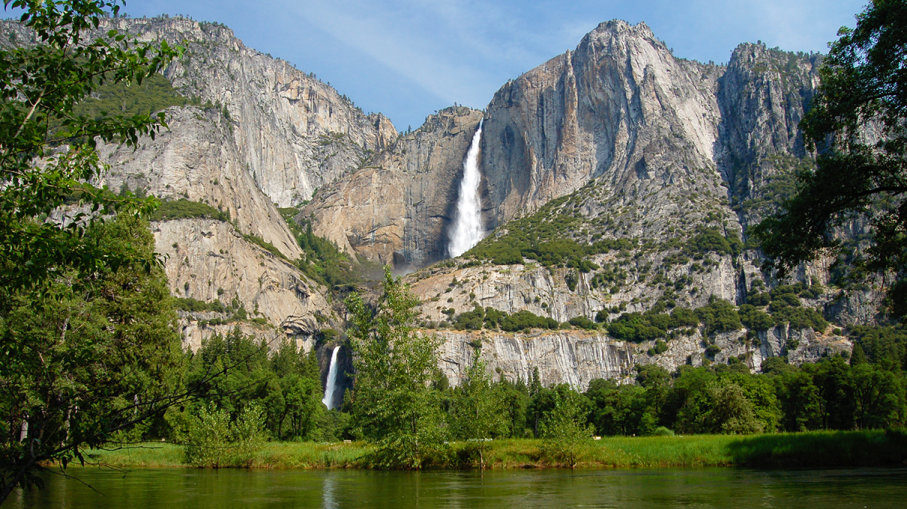
That's why Stuff They Don't Want You To Know invited former police detective and author of the "Missing 411" series and documentary David Paulides to the show. Matt Frederick, Ben Bowlin and Noel Brown talk to Paulides about all the strange disappearances, unlikely patterns and wild theories in "Missing 411" with David Paulides.
After leaving the police force, Paulides became a cryptozoologist and published books arguing the existence of Bigfoot. While researching a national park, a local ranger expressed his concern to Paulides about the missing persons cold cases involving the National Park Service. Intrigued, Paulides began to investigate. It wasn't straightforward because the National Park Service doesn't keep extensive records on missing persons; it instead leaves the job to local law enforcement to track and, in most cases, solve the disappearances.
But as Paulides dug in and through endless reports and cold case files, he noticed disturbing trends. In some cases, an easy answer was available: death by falling, animal attack, exposure to the elements or illness. But there were some stories that Paulides thought defied simple explanation. People seemingly vanished into thin air - they were there one minute and gone the next. Other stories involved tracking dogs that were brought in that either couldn't - or wouldn't - hunt for the missing. Still other disappearances seemed to occur more frequently near areas heavy with boulders or close to berry patches.
Some people were eventually located at much higher elevations than when they disappeared. In one such case, a toddler was found 12 miles (19 kilometers) away from where he vanished, a journey that would have had this 2-year-old traversing two mountain ranges and crossing over fences and through creeks. Perhaps a person abducted the boy and abandoned him miles later? But why?
These mysterious circumstances have led some to theorize these are abductions made by Bigfoot, or some other large animal or wild man (like the Wendigo). One family recounted a story of watching a little girl walk into the forest only to vanish with no trace. Could these missing people have come upon portals to other dimensions? Some think that's a possibility, too.
Paulides has his detractors, of course. Skeptics like Kyle Polich have worked to debunk his claims, saying the statistics show that all of these cases have perfectly reasonable explanations. Polich is right; people can die in the wilderness without help from the supernatural. But there are shades to these stories that are hard to shake.
Listen to the Stuff They Don't Want You To Know podcast to hear how Paulides "connects the facts," and draw your own conclusions.



Comment: See also: Missing 411: Unexplained disappearances of people that have never been solved